Just a couple of minutes away from the noise of Quezon Avenue, white gates open to a cobblestone driveway that leads to a two-story ancestral home. From the outside, it looks like a typical upper middle-class house that was built post-war: mostly angles and boxy proportions, with Art Deco-style white grilling on its patio doors, windows, and balcony. Walking inside, though, is like stepping into a different world. Baroque and rococo influences run amok amid the curlicues and other intricate details either carved or festooned on almost every surface, drawing the eyes from one spot to another.
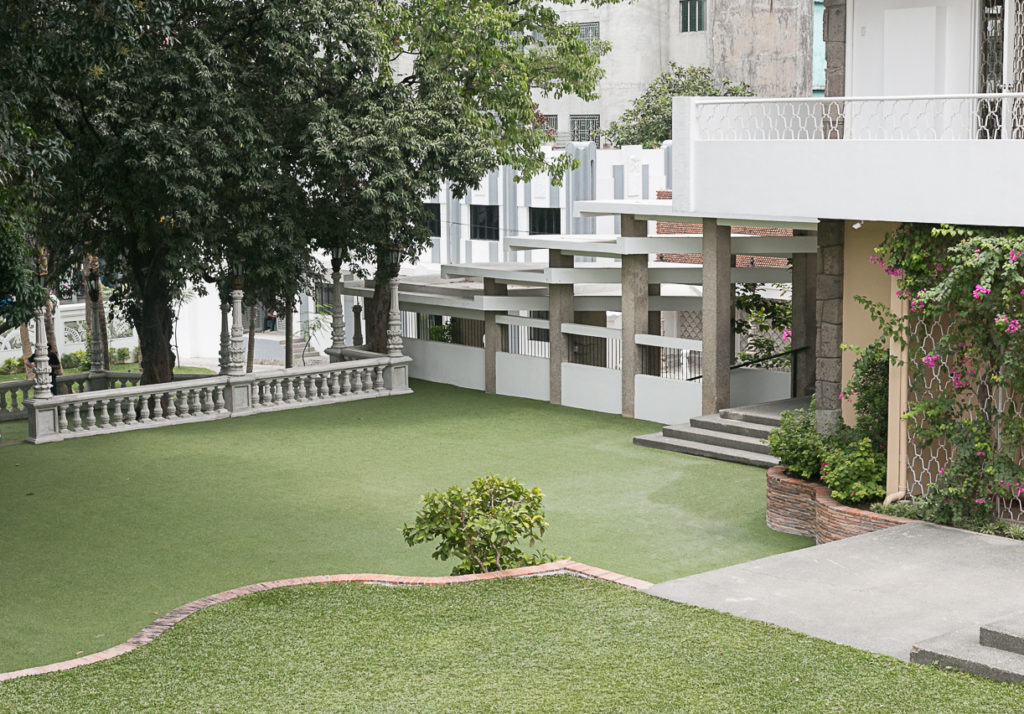
In the high-ceilinged sitting room, the compulsion to keep one’s gaze roving around the space is strong because it gets difficult to decide where to rest one’s eyes: on the huge Fernando Amorsolo portrait that greets every visitor? On the restored French neoclassical furniture? On the crawling flora on the ceiling from which a crystal chandelier hangs? Or on the vines of roses on the wall?
“This is very much my dad’s approach to design,” Juvy Acuzar says with a small laugh. “He has some really crazy ideas.” She speaks, of course, of José “Jerry” Acuzar, the man behind the real estate company New San Jose Builders, Inc. and the Las Casas Filipinas de Acuzar in Bataan. While New San Jose Builders is mostly about more “utilitarian” living spaces—condominiums and residential homes—Las Casas is where the Acuzar patriarch lets his vision run wild with old Filipino-Spanish houses restored, renovated, and infused with European design. “Every year, on his birthday, we travel to Europe as a family specifically because he wants to see new design ideas that he can bring back and reinterpret at Las Casas.”
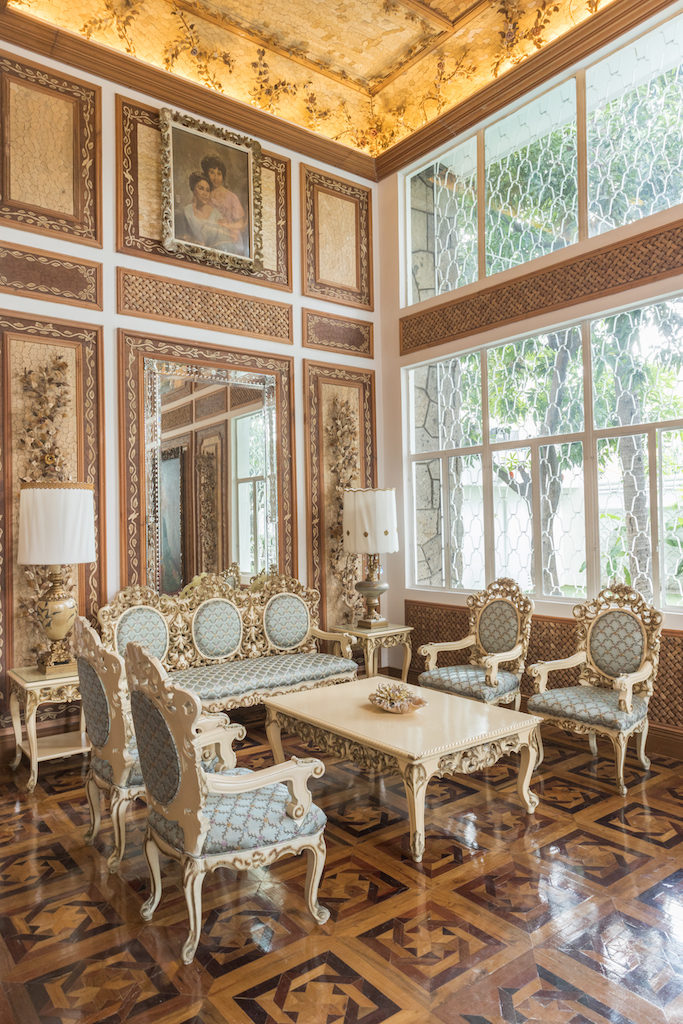
Jerry has now done the same with Casa Juico, a 6,500-square-meter property that his real estate company acquired in 2016 from the Juico family. Envisioned to be the city-based venture with which to launch the Las Casas hotel group, Casa Juico was designed by National Artist for Architecture Pablo Antonio in the ’60s and used to be a hub of social gatherings half a century ago.
“The Juicos established the first travel agency in the country, which was a big deal at a time when nothing was online and no one could do bookings by themselves,” Juvy says. “After World War II, this area used to be like the Forbes of the city, and so the Juicos would host parties that presidents, celebrities, and other society figures would attend. Fernando Poe had lived right next to them so he’d also come here.” Other than that, though, the property was very much a family home, and after their parents had passed on, the Juico children wanted to sell the property and so approached Jerry.
“My dad had a look at the place, and the house was still standing, with all the original interiors and the original furniture. He saw all the trees as well—rare Filipino varieties like mango and atis—and they’re very old. Since my dad loves nature and preservation, he didn’t want to tear anything down.”
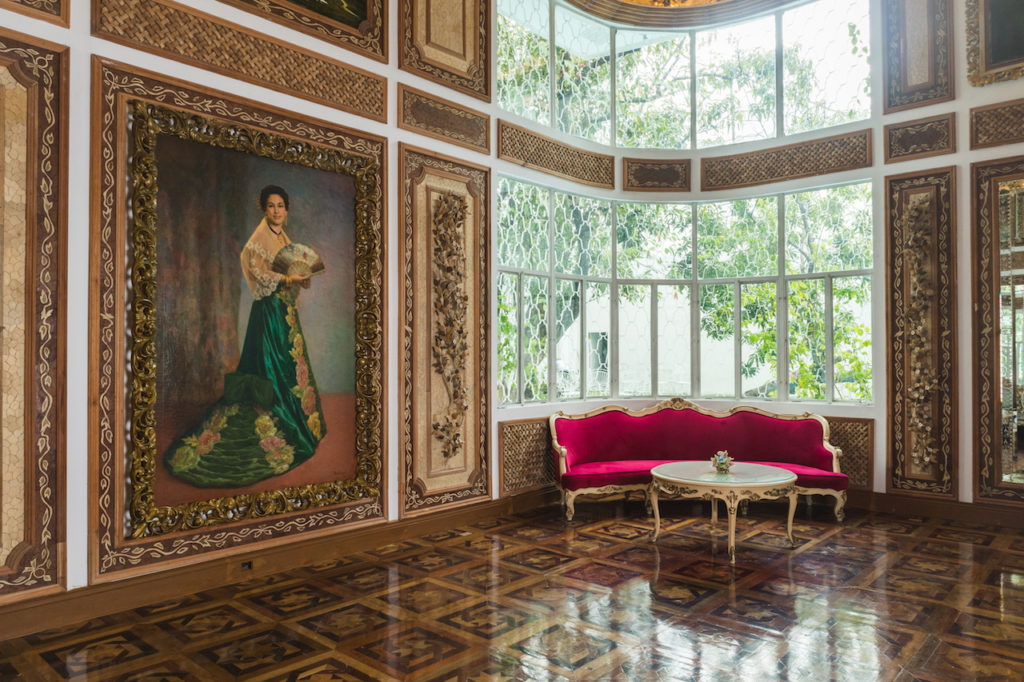
Work on the property began almost as soon as the acquisition was finalized, but a fire on the second floor threw a wrench in the plans. “It happened about a couple of months after the sale, and it was bad,” Juvy says. “The deal was that all the furniture came with the purchase, so we lost a lot of saint figures and Mrs. Juico’s jewelry. But we still have a lot of good things like her Amorsolo portrait and a lot of really good antiques.”
Except for the structure, the trees surrounding the house, and everything in the dining room at the end of the first floor hallway, the property was given an overhaul. Aside from the sunset-hued tiles on the patio, most of the flooring in the house had to be changed. The wooden spiral staircase, its steps also featuring images of creeping vines, is new as well as the elaborate motif done in plaster of Paris on the ceilings. “It was really challenging to complete the project because our craftsmen are mostly from Bataan,” Juvy says. “It was hard for them to come and work here for months, but they’re very much a community.”
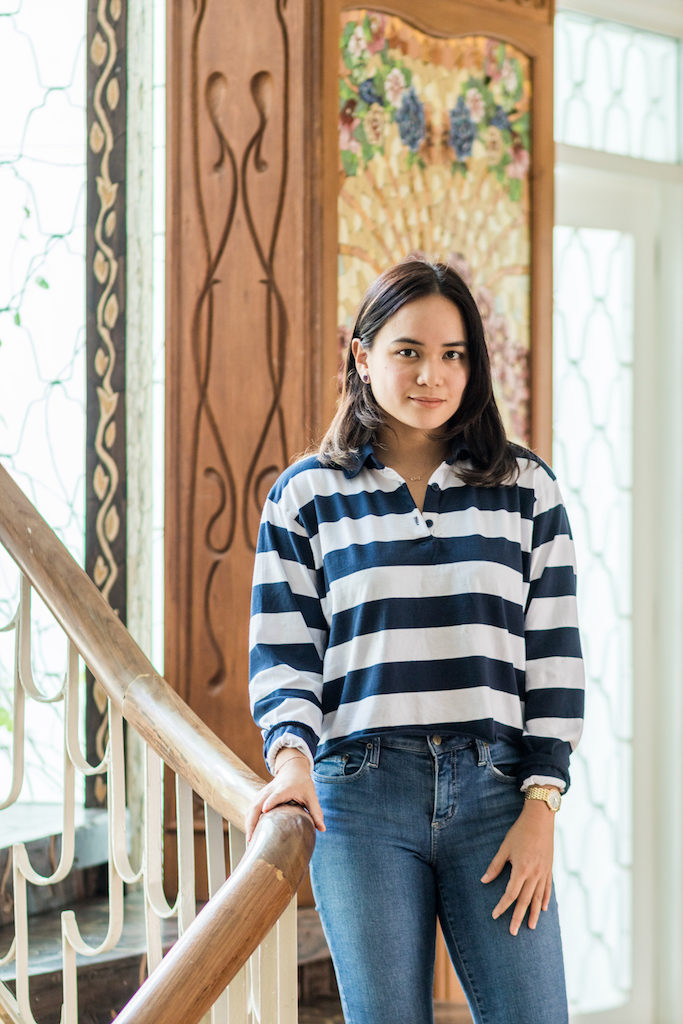
And these craftsmen have left their stamp on every corner of Casa Juico, from the mosaic walls in almost every room to the wooden trellises that adorn pillars and wall panels. They even recreated Gustav Klimt’s “The Kiss” as a wood and fiberglass mosaic, lending the image a three-dimensional quality—another one of Jerry’s ideas.
As is customary to the Las Casas approach, repurposed wood was used in the carvings, recycled from the old houses that the real estate company acquired. “That’s my dad’s approach to creating things: He doesn’t want to waste anything.” The wood is also bare, adding to the craftsmen’s already gargantuan tasks with the painstaking necessity of matching similarly colored pieces in all of their mosaic work.
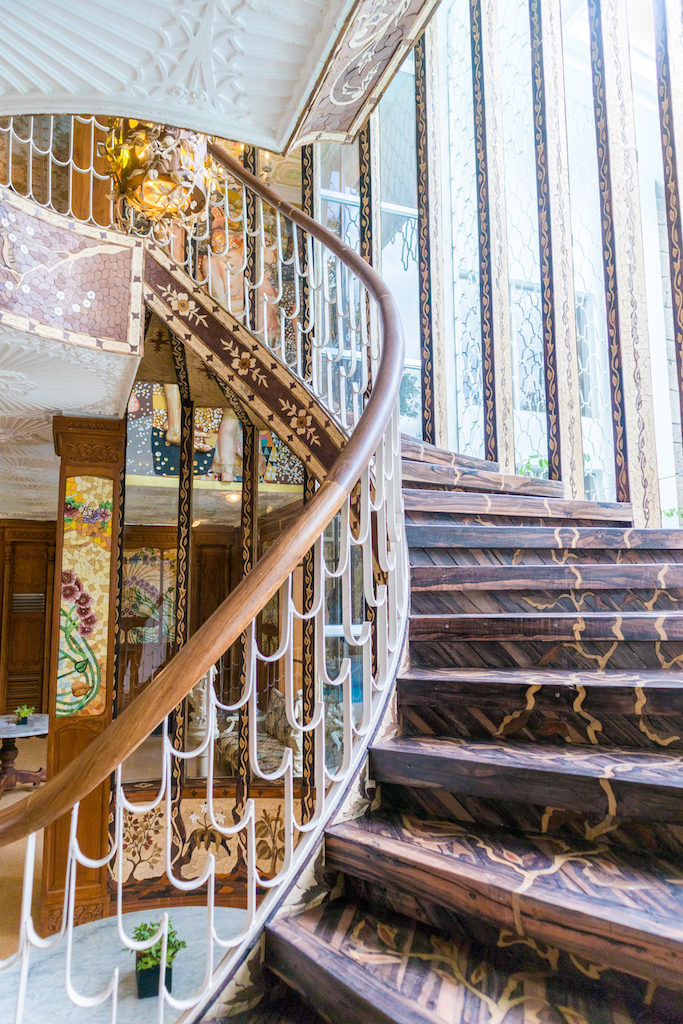
Casa Juico has been on soft opening since February as an events place as well as a location for prenuptial shoots; its restaurant, Las Casas Manila by Margarita Forés, is slated to open this summer. Located on the first floor, adjacent to the patio so that al fresco dining will be available on weekends, Las Casas Manila will serve the chef’s take on Filipino-Spanish food. “We partnered with her and the Cibo Group because we wanted to come out strong,” says Juvy. “We have an exclusive partnership with them when it comes to catering to the events held here.”
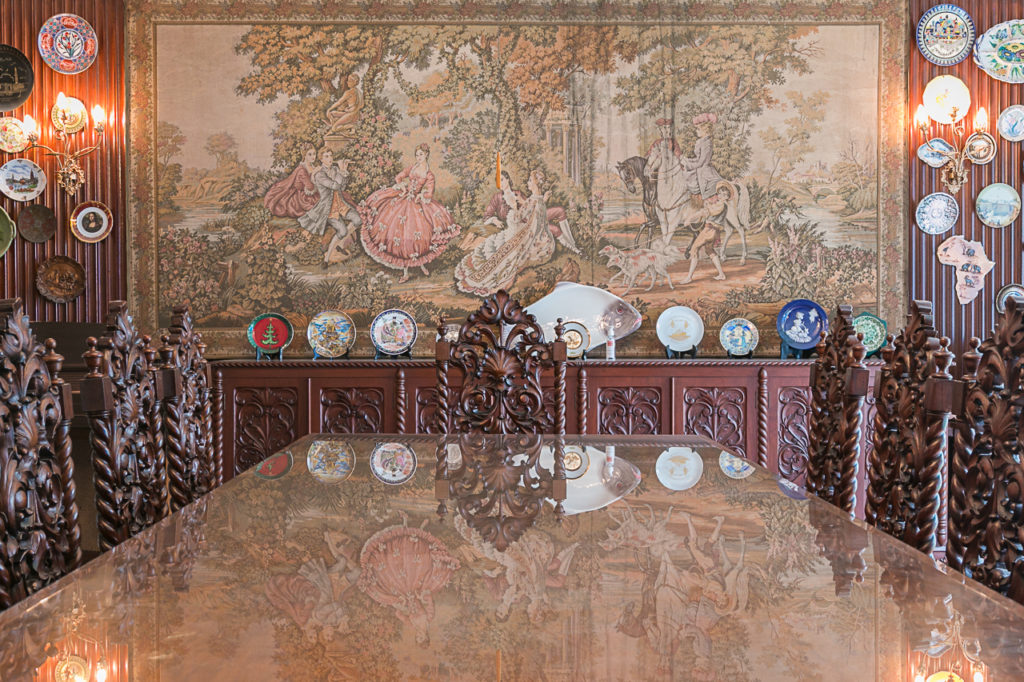
But there’s still more work to be done. Behind Casa Juico, construction is ongoing for a 100-room boutique hotel. “We’re still conceptualizing the designs, but there will be these little houses that are going to be replicas of old homes.” The structures are envisioned to be arranged around a big courtyard with a fountain in the center, and a chapel and a convention center will also be constructed at the back of the property.
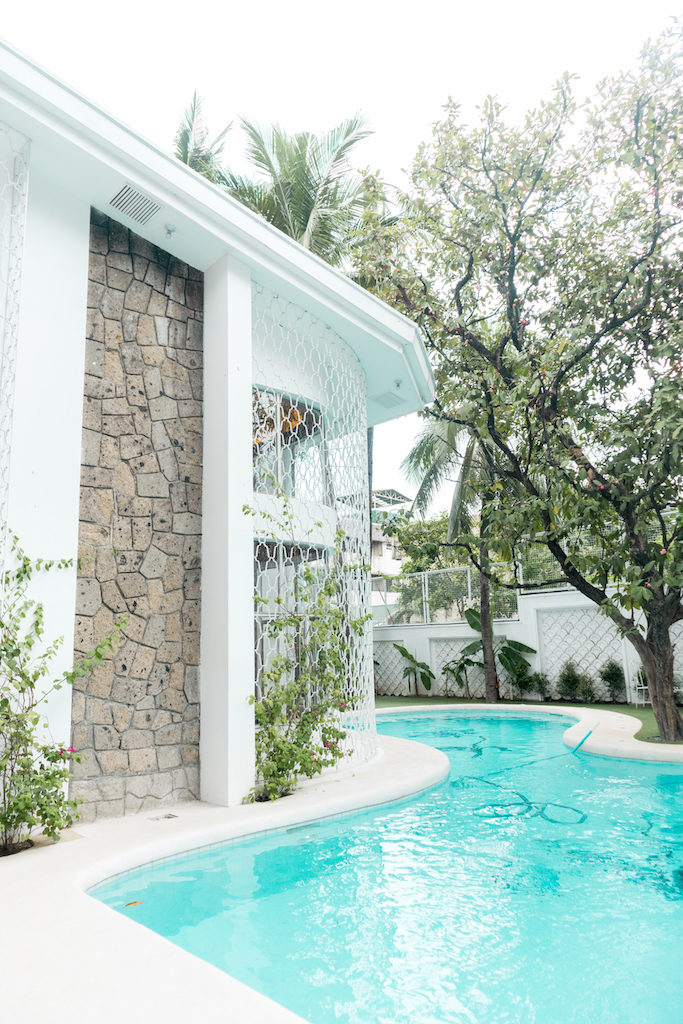
The initial idea when Jerry was first approached by the Juicos about the property was the possibility of using the lot as another site for a new condominium. But the undeniable combination of history and design, plus the tranquility of an expansive garden with towering trees proved difficult to replace—which is a good thing.
Now, once again, this square of land along Roosevelt Avenue is a gathering place for people. “As an events place, it’s still a destination. It may be in the city, but you still have to make the journey to get here,” says Juvy. “Plus, it’s a quiet area. Once you’re inside the compound, it doesn’t feel as if you’re still in Manila.”
Originally published in F&B Report Vol. 15 No. 3





